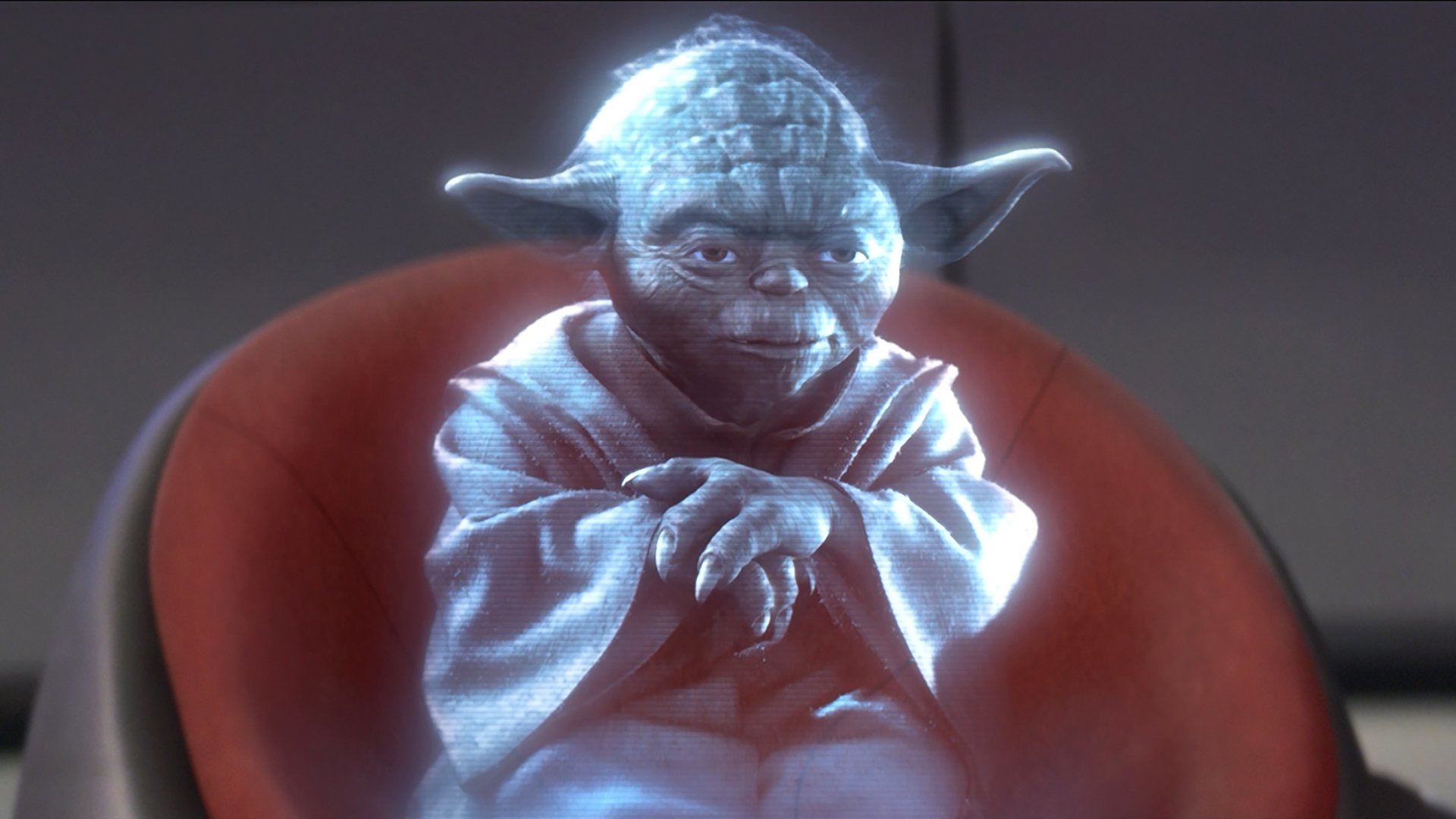
We’ve all watched science fiction movies where they show us some kind of fancy, futuristic technology. In some cases, we have actually seen that technology (or a version of) come to life. But there is one technology that has always eluded us – holograms. But, thanks to some groundbreaking new research, we might actually get holograms. Is “get” the right word? The technology, which researchers are calling a “photophoretic-trap volumetric display”, aims to create true 3D projections, which has not been successful in the past. The idea is to be able to trap light in mid-air in order to create a virtual object with all the depth of the real image.
What is this, exactly? The researchers say:
Free-space volumetric displays, or displays that create luminous image points in space, are the technology that most closely resembles the three-dimensional displays of popular fiction. Such displays are capable of producing images in ‘thin air’ that are visible from almost any direction and are not subject to clipping.
This seems impossible, right? I mean, it doesn’t seem like this is something that could be real, does it? To start, it’s seemingly impossible to get light to stop dead in thin air. This idea has led many to declare that we will never reach a point where true 3D projections would even be possible. However, the research team, led by Daniel Smalley of Brigham Young University has managed to pull it off.

How does it work? The system works by trapping a tiny particle of cellulose in a laser beam. This nearly invisible particle acts as the “canvas,” and can be manipulated by the laser to move at high speeds in a small area. Then, colored lasers illuminate the particle, creating what is effectively a single full-color pixel floating in mid-air. That tiny point of light can move fast enough to create brightly lit patterns and shapes, including high-resolution images that hover effortlessly. The researchers say the system is the first to create a floating, animated images that you can actually interact with. The video shows various shots of the researchers placing their fingers under some of the generated images, for example.

So far, the group has “3D light printed” a butterfly, prism, animated rings and Leia-like figure. The images so far are rather crude, probably because of the limitations of how quickly the lasers can move the particle, and they’re also rather tiny, so the research clearlye hav a way to go. To be fair, though, it apparently looks better in person than on video, which picks up flicker that the human eye doesn’t see.
Obviously, the goal is to be able to apply this technology to larger scale images. But, Smalley admits that the images will never be as realistic as you’d expect in the movies. But that doesn’t mean that we can dream. I mean, how cool would it be if we could have holograms like we see in Star Wars? Instead of physically having to travel to see someone, we could hologram ourselves to the other person. Or could they be used for us to be able to see loved ones who are no longer with us? Maybe that last suggestion is a bit cryptic, but I can see how some people would like that option.



